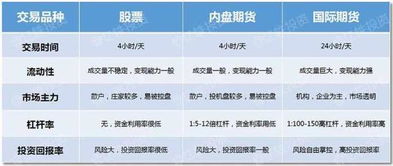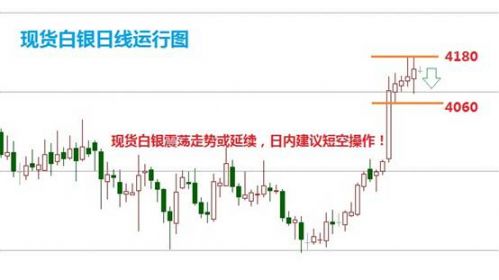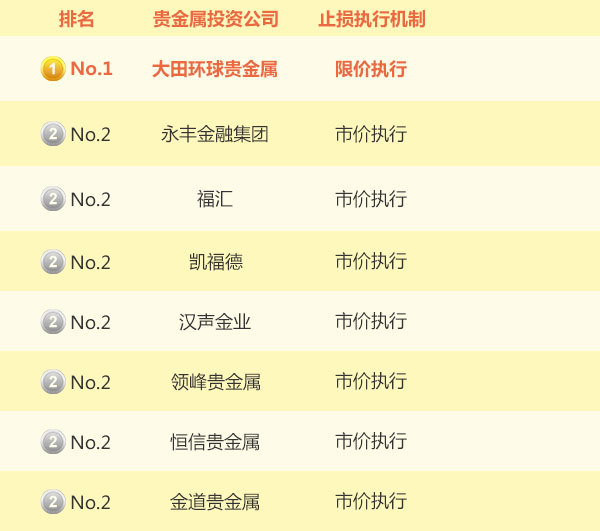In the realm of urban infrastructure, municipal guardrail fencing plays a pivotal role in ensuring public safety, managing traffic flow, and enhancing the overall aesthetic appeal of public spaces. This versatile and multifunctional infrastructure element has evolved from its initial purpose of simply demarcating boundaries to a sophisticated system that integrates safety, security, and design considerations. This article delves into the intricacies of municipal guardrail fencing, its various types, materials, benefits, and applications in contemporary urban planning.
Types of Municipal Guardrail Fencing
Municipal guardrail fencing can be broadly classified into three categories based on their primary function and design:
1、Traffic Control Fencing: Designed primarily to regulate vehicle traffic and prevent unauthorized access to construction sites, roadworks, or sensitive areas. These fences are typically made of heavy-duty materials like steel or reinforced concrete, offering maximum strength and durability. They often feature reflective sheeting or warning signs for nighttime visibility.
2、Pedestrian Safety Fencing: Aimed at protecting pedestrians from falling hazards or unauthorized entry into restricted areas. These fences are lighter in construction but still robust enough to withstand human contact while being visually appealing to complement surrounding environments. Materials used include aluminum, wrought iron, and composite materials.
3、Decorative Fencing: While still serving a functional purpose, decorative guardrail fencing prioritizes aesthetics over strength. Commonly seen in parks, gardens, and public squares, these fences are crafted from materials like wrought iron with intricate designs, steel with powder-coated finishes in various colors, or even eco-friendly options like recycled plastic lumber. They contribute to the overall aesthetic of a space while maintaining a degree of security.
Materials Used in Municipal Guardrail Fencing
Steel: The most commonly used material for its strength and durability. It can be hot-dip galvanized for corrosion resistance or powder-coated for enhanced aesthetics and longevity.
Aluminum: Lightweight yet strong, aluminum fencing is ideal for pedestrian safety applications. It is resistant to corrosion and comes in a variety of colors and finishes, making it a popular choice for decorative purposes.
Wrought Iron: Offering a classic and timeless look, wrought iron fencing is known for its strength and versatility. It requires regular maintenance due to its susceptibility to rust but can be coated with protective paint or powder-coated for enhanced durability.
Composite Materials: Made from a combination of plastic and recycled materials, composite fencing is a sustainable option that mimics the appearance of wood but is more resistant to rot, insects, and harsh weather conditions.
Concrete: Used primarily in heavy-duty applications like around construction sites, concrete guardrail fencing offers maximum strength and longevity but is less flexible in terms of aesthetics and weight.
Benefits of Municipal Guardrail Fencing
1、Enhanced Safety: By demarcating boundaries and preventing unauthorized access or trespassing, guardrail fencing significantly reduces the risk of accidents and injuries, particularly in high-traffic areas or construction sites.
2、Improved Traffic Management: It helps regulate vehicle and pedestrian flow, ensuring smooth traffic patterns and reducing congestion in urban spaces.
3、Security Enhancement: By creating a physical barrier, guardrail fencing acts as a deterrent against intruders, enhancing the security of public spaces and sensitive areas.
4、Aesthetic Appeal: Decorative fencing adds visual interest to public spaces, enhancing their overall aesthetic appeal and creating a sense of orderliness in urban environments.
5、Environmental Sustainability: The use of eco-friendly materials like recycled plastic lumber or composite materials promotes sustainability in urban infrastructure development.
Applications in Urban Planning
Municipal guardrail fencing finds applications in various urban settings:
Construction Sites: To protect workers from falling objects and to demarcate work zones from public access.
Public Parks and Gardens: To create defined pathways while providing a visually pleasing barrier between the public and private areas within parks or gardens.
Bike Paths and Walkways: To ensure the safety of pedestrians by preventing them from straying onto roads or entering restricted areas.
Event Venues: At festivals, concerts, or sporting events, guardrail fencing helps manage crowds and maintain order while providing a secure perimeter for event organizers.












 京公网安备11000000000001号
京公网安备11000000000001号 冀ICP备15021549号-7
冀ICP备15021549号-7
还没有评论,来说两句吧...